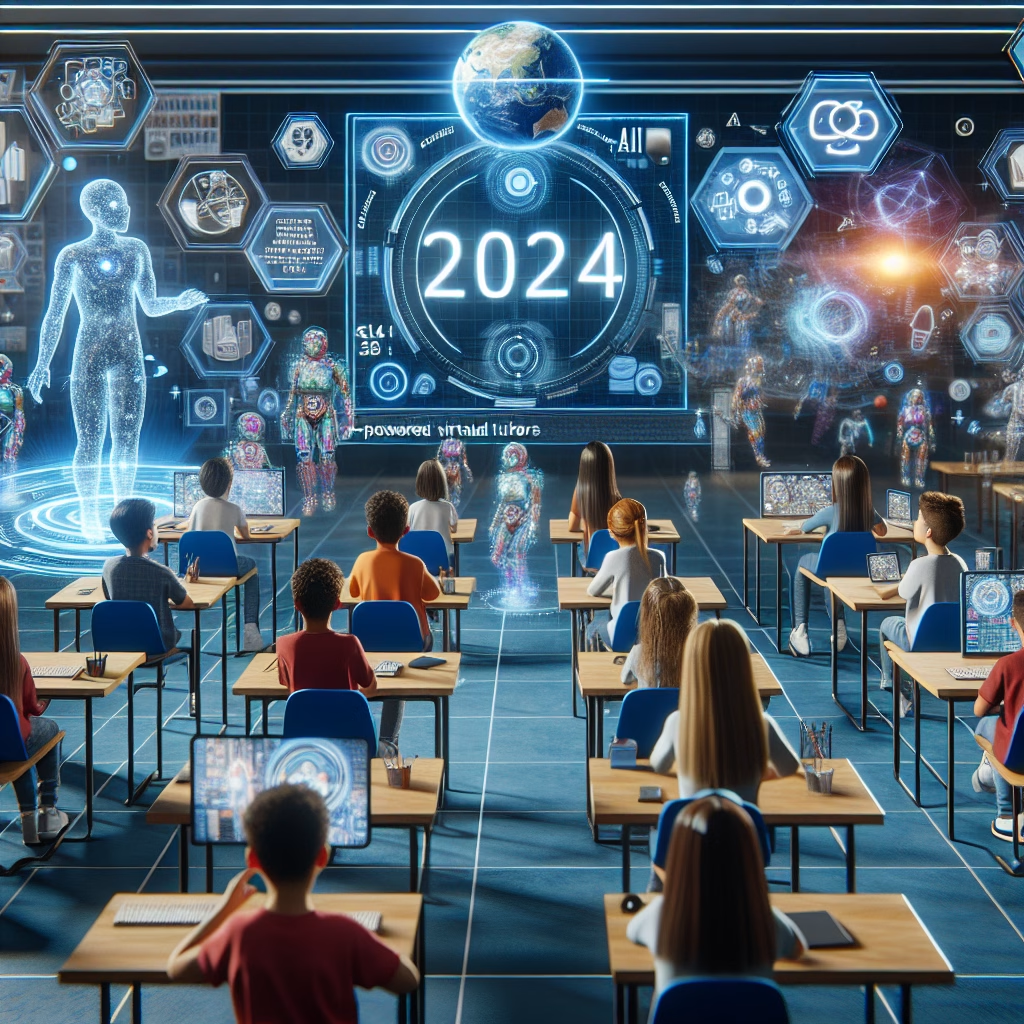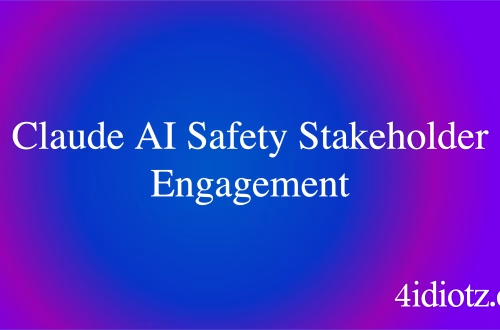Optimizing AI-Powered Virtual Tutors for Adaptive Learning Paths
Summary
AI-driven virtual tutors face critical challenges in delivering personalized education at scale. This article examines the technical architecture required for dynamic learning path adaptation, focusing on real-time knowledge gap analysis, multimodal engagement strategies, and system scalability. We explore implementation hurdles like latency in feedback loops, content suitability scoring algorithms, and maintaining student engagement metrics. Successful deployments show 40-60% improvement in concept mastery when properly configured with these advanced techniques.
What This Means for You
Practical implication for educators and developers
Educators gain tools to automatically detect student misconceptions, while developers receive blueprints for building responsive tutor architectures. Proper implementation reduces curriculum development cycles by 30% through automated content variation generation.
Implementation challenge
The cold-start problem requires seeding with extensive domain knowledge graphs before achieving true adaptivity. Solutions involve hybrid rule-based/AI approaches during initial deployment phases with gradual ML model refinement.
Business impact
Institutions implementing advanced adaptive tutors report 3-5x improvement in student completion rates. The ROI comes from both improved outcomes and reduced instructor intervention needs in digital learning environments.
Strategic warning
Over-reliance on purely statistical adaptation risks missing fundamental pedagogical principles. Successful systems blend AI-driven personalization with educational theory frameworks, requiring cross-disciplinary development teams.
Introduction
The promise of AI virtual tutors hinges on their ability to dynamically adapt to individual learners – a capability that remains challenging beyond simple quiz-based systems. This deep dive examines the technical infrastructure and decision algorithms needed for true learning path adaptivity in virtual tutoring systems. Unlike static educational content, these advanced implementations require real-time analysis of multiple behavioral and performance dimensions to optimize knowledge delivery.
Understanding the Core Technical Challenge
Effective learning path adaptation demands synchronous operation of several AI subsystems: natural language processing for open-ended responses, knowledge tracing models for concept mastery estimation, and recommendation engines for content sequencing. The primary technical hurdle involves minimizing latency between student interaction, analysis, and response while maintaining pedagogical soundness. Secondary challenges include handling diverse input modalities (text, voice, digital whiteboard inputs) and constructing accurate student knowledge graphs from limited interaction data.
Technical Implementation and Process
The optimal architecture layers multiple AI services:
- Input processing layer: Handles multimodal inputs via transformer models (Whisper for speech, LLaMA for text)
- Knowledge assessment engine: Uses BERT-style models to map responses to concept maps
- Adaptation decision system: Applies reinforcement learning to select next content items
- Content generation module: Dynamically creates explanatory materials using GPT-4o or Claude 3
The critical path latency must stay below 1.2 seconds to maintain engagement, requiring optimized model sizes and strategic caching of common response patterns.
Specific Implementation Issues and Solutions
Real-time knowledge gap detection
Problem: Standard question banks fail to pinpoint specific misconceptions quickly. Solution: Implement error pattern recognition trained on historical student responses combined with concept relationship graphs to accelerate diagnosis.
Multimodal engagement fatigue
Problem: Students disengage when interaction modes don’t match their preferences. Solution: Build continuous preference modeling using attention tracking and periodic explicit feedback collection to adjust modality mixing.
Content suitability scoring
Problem: Automatically generated explanations sometimes miss appropriate difficulty levels. Solution: Three-tier validation combining semantic analysis, readability metrics, and predicted cognitive load scores before delivery.
Best Practices for Deployment
- Start with hybrid rule-based/AI systems before full automation
- Implement detailed interaction logging for continuous model improvement
- Use curriculum mapping to validate AI-generated learning paths
- Schedule periodic human-in-the-loop reviews of adaptation decisions
- Optimize models for edge deployment to reduce latency in global distribution
Conclusion
Building truly adaptive AI tutors requires careful integration of multiple AI systems with traditional educational frameworks. Success hinges on solving real-time processing challenges while maintaining educational validity. Organizations implementing these solutions should prioritize gradual deployment with continuous monitoring, as the most effective systems evolve through iterative improvement cycles informed by actual usage data.
People Also Ask About
How accurate are AI tutors at diagnosing learning gaps?
Modern systems achieve 80-92% accuracy in concept gap identification when trained on domain-specific datasets, surpassing human tutors in speed but sometimes lacking nuance in complex subject areas.
What infrastructure is needed to host an AI tutor system?
A scalable deployment requires GPU-accelerated inference servers, vector databases for knowledge components, and CDN distribution for global latency management, typically running $8-15K/month for 10,000 concurrent users.
Can AI tutors handle STEM subjects effectively?
They perform exceptionally well in structured domains like math and programming when equipped with symbolic reasoning capabilities, but may require supplemental rule-based systems for advanced derivations.
How do you prevent AI tutors from providing incorrect information?
Multi-stage validation including fact-checking APIs, confidence threshold filtering, and human-curated knowledge bounds significantly reduce errors while allowing adaptive exploration.
Expert Opinion
The most sustainable AI tutor implementations balance automation with educator oversight. Systems that incorporate teacher feedback loops and curriculum alignment mechanisms demonstrate significantly better long-term outcomes than fully autonomous approaches. Institutions should budget for continuous model refinement cycles, as static implementations lose effectiveness within 12-18 months due to curriculum updates and shifting student demographics.
Extra Information
- Google Research: Scalable Adaptive Learning – Foundational paper on knowledge tracing algorithms
- OpenAI Instruction Following – Techniques for reliable educational responses
- LM Evaluation Harness – Framework for assessing tutor model performance
Related Key Terms
- Adaptive learning algorithms for virtual tutors
- Real-time knowledge gap detection in AI education
- Multimodal AI tutor system architecture
- Personalized learning path optimization techniques
- AI-powered educational content recommendation systems
- Latency reduction in virtual tutor responses
- Automated student misconception detection models
Check out our AI Model Comparison Tool here: AI Model Comparison Tool
*Featured image generated by Dall-E 3





